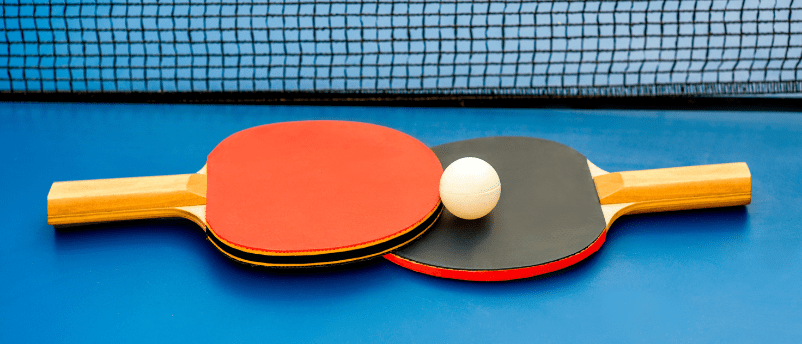
BioTechniques News
Beatrice Bowlby

A new study has demonstrated that neurons cultivated in a dish have the ability to learn and exhibit awareness in a simulated game environment.
An international collaboration led by Brett Kagan from Cortical Labs (Melbourne, Australia) has shown that 800,000 human brain cells in a dish can perform simple goal-directed activities: ‘DishBrain’ is capable of playing a table tennis computer game. DishBrain provides extensive opportunities for probing real brain function beyond those afforded by artificial intelligence models, allowing researchers to gain insights into neurological conditions like dementia and epilepsy.
Establishing an in vitro model of brain activity will not only allow researchers to explore disorders but also offer a robust alternative to animal models. This way, scientists can test potential drug therapies on brain cells that more closely mimic in vivo brain tissue.
 Cilia say what? Important function of neurons’ tiny hairs
Cilia say what? Important function of neurons’ tiny hairs
Researchers have uncovered a synapse on neurons’ tiny hair-like structures, which may facilitate long-term changes to genomic information in the nucleus.
To meet this demand, the team placed human brain cells, derived from stem cells, and mouse embryonic brain cells onto microelectrode arrays to grow. These microelectrode arrays, synced to the computer game, could both stimulate and record neuronal activity. The location of electrode firing depended on the location of the ball while firing frequency was determined by the distance of the ball from the paddle. Therefore, the electrodes relayed spatial and temporal information from which BrainDish could learn. Over time, the cells learned to return the ball after receiving consistent feedback from the electrodes in a closed-loop system.
“This new capacity to teach cell cultures to perform a task in which they exhibit sentience – by controlling the paddle to return the ball via sensing – opens up new discovery possibilities which will have far-reaching consequences for technology, health, and society,” commented Adeel Razi (Monash University, Australia), co-author of the study.
The translational potential of this work is the part that excited the team most as it allows scientists to rely on live neurons in vitro for testing the therapeutic effects of drugs and genetic variants.
“This is brand new, virgin territory. And we want more people to come on board and collaborate with this, to use the system that we’ve built to further explore this new area of science,” commented Hon Weng Chong, CEO of Cortical Labs. “As one of our collaborators said, it’s not every day that you wake up and you can create a new field of science.”
The post The neurons that came to play… <em>in vitro</em> appeared first on BioTechniques.
Full BioTechniques Article here
Powered by WPeMatico
